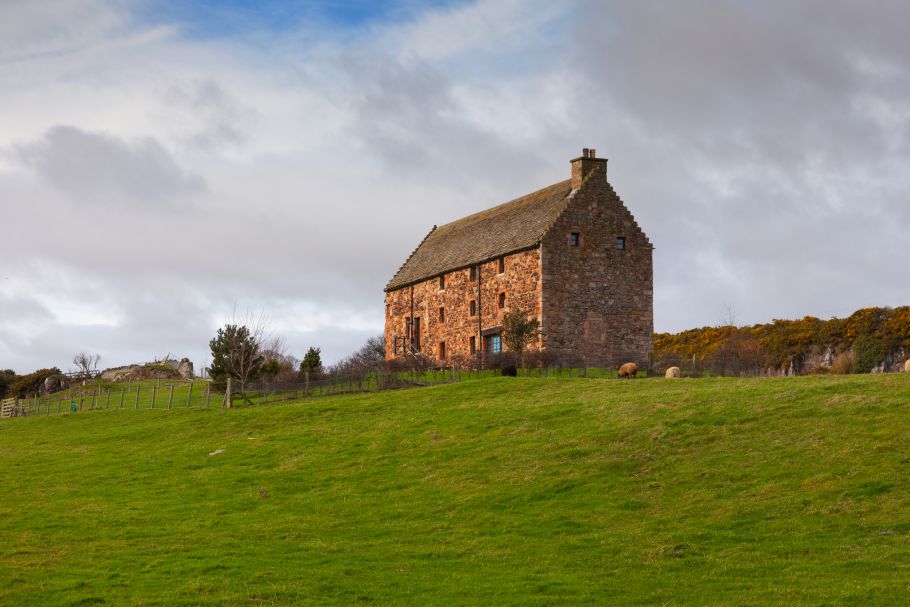
Contributors: Hamish Lean
Date published: 20 January 2019
Acquiring rights of way by the passage of time
Skilled Worker visa costs are increasing (again) in January 2024
The UK Government already increased Skilled Worker visa application fees by around 15% on 4 October 2023, and there is more to come.
On top of a visa application fee, most visa applicants must also pay an “immigration health surcharge” fee to submit their application. On 16 January 2024, the immigration health surcharge fee is expected to rise by 66% from £624 per year to £1,035 per year.
This 66% increase will have a big impact on the overall cost of Skilled Worker sponsorship for those employers that cover staff visa costs. As a reminder, the visa application fee and the immigration health surcharge fall to the migrant to pay, but many employers elect to cover those costs themselves as part of relocation packages.
Currently, a Skilled Worker applying for a 3-year visa would pay an application fee of £827, and an immigration health surcharge of £1,872. After 16 January 2024, the immigration health surcharge element for the same 3-year period will increase to a whopping £3,105, bringing the total cost for the applicant to £3,932.
Where possible, sponsors should encourage any future Skilled Worker visa applicants to make their applications before the 16 January 2024 increase.
Increases to minimum salary thresholds
The Immigration Minister wants to increase the minimum salary threshold for sponsorship to £30,000.
Separately, and perhaps more significantly, there has been widespread coverage of the Immigration Minister’s plans to increase the minimum salary threshold for Skilled Workers from £26,200 to £30,000. If these plans come to pass, they will have a sizeable impact on organisations employing and sponsoring staff who are paid between £26,200 – £30,000. The changes would potentially render sponsorship of foreign workers in any pay bracket below £30,000 unworkable.
The hospitality industry in particular has had to lean heavily on sponsored foreign workers to plug workforce gaps following Brexit. Whilst sponsorship has been a solution so far, if the Immigration Minister’s plans are implemented, it may knock sponsorship off the table for many.
If this affects you, there are things you can do
Firstly, and in the short-term, you can expedite any ongoing sponsorship plans now before any changes come in to effect.
Secondly, the salary threshold plans are not yet concrete. They are not yet law. They have simply been trailed and tested in the press as part of a wider conversation on reduction of net migration numbers. There is still time to express written concerns about the proposals either to your Member of Parliament or to the Immigration Minister directly.
If you need help with planning for these changes, please get in touch with our team, and we will guide you through this.
Update: As a result of more recent immigration policy changes, some of the information in this article is now out of date. In May 2025 the UK government released an Immigration White Paper, rolling out the first batch of significant Skilled Worker sponsorship visa restrictions in July 2025. Please contact our Immigration team if you require advice on any of these changes.
Contributors:
To find out more contact us here
Sectors: Purchase and Sale of Agricultural and Rural Property and Rural Finance
















